General Assumptions
Starts with basic model questions on the start date of the model, tax rate assumption, working capital assumptions, and funding assumptions.
Revenue and Direct Cost Assumptions
Revenue assumptions are the anticipated factors that drive a company’s income generation over a specific period. These assumptions form the basis for financial projections and are crucial for planning and decision-making. In our model, we have included detailed inputs by Revenue category. We have included monthly input fields for 10 Dropshipping products, which include the # of units sold, Unit growth %, Average Selling Price, Pricing growth %, and the total Revenue of each Dropshipping product).
We have also included the Direct Costs of each Dropshipping product, including the Average Product Cost Per Unit, Shipping Cost, Transactions Fees, Returns & Refunds Fees, Supplier Fees, Customs & Duties Fees, Dropshipping Platform Fees (i.e. Shopify, WooCommerce, etc.), along with the Gross Margin % derived from each Dropshipping product. This allows the Business Owner to track the performance of each product from a Revenue and Gross Margin perspective for better decision-making.
A summary section at the bottom of the Sheet has also been provided, showing Revenue by Dropshipping products and Gross Margin % by Dropshipping products.
Operating Expenses Assumptions
Operating expense assumptions are typically based on historical data, industry benchmarks, market trends, and management’s judgment. They are crucial for estimating the business’s total cost and determining profitability. Like revenue assumptions, it’s essential to regularly review and adjust operating expense assumptions to reflect changes in the business environment and ensure the accuracy of financial forecasts. In our model, we have included detailed inputs on Staff costs (Owner, Other) and Typical Operational Expenditure items likely for a Dropshipping business, including Marketing and Advertising, Software, Customer Service and Support, Office and Administration, Legal and Accounting Fees, Insurance, Training and Development. However, you can add any other expenses relevant to your business in this sheet.
Funding, Capex, and Other Assumptions
Capital expenditure (Capex) assumptions refer to the anticipated investments a company plans to make in long-term assets, such as property, plant, equipment, and technology, over a specific period. These assumptions are crucial for financial planning, budgeting, and forecasting, impacting the company’s cash flow, profitability, and growth prospects. We have included an ‘Initial Costs’ schedule, which shows the main costs of starting a Dropshipping business, including Website Design and Development, Intellectual Property (IP) Registration and Rights, Office Equipment, Software Licenses, and Other Costs.
We have also included a Capital Structure assumption section (showing the % of Initial Costs funded by Equity vs Debt).
A Fixed asset schedule has been included, showing the main items likely to be on a company’s capex sheet, the total costs, and the assumed useful life of each asset.
Monthly Projections (10-Year period)
We have broken down projections month-by-month when projecting Income Statement, Balance Sheet, and Cash Flow Statement items. The monthly estimates are provided over a 10-year time frame. This is particularly useful for businesses looking at month-on-month trends and insights, which leads to better decision-making and budgeting should there be a need to raise more capital, pursue growth opportunities from excess capital, or pay down interest-bearing debt. Monthly projections also help a business ascertain what performance may be seasonal in nature when looking at growth projections on a month-over-previous-years-month basis.
Annual Projections (10-Year period)
The model has annualized financial projections of the Income Statement, Balance Sheet, and Cash Flow Statement over a 10-year period. Annual projections provide an excellent overview of expected revenues, expenses, profits, cash flow, and other key financial metrics for the upcoming year. Annual predictions are essential for strategic planning, budgeting, fundraising, and performance evaluation for any companies at any stage of its business cycle.
Dropshipping Financial Metrics & Other Metrics
Dropshipping Financial metrics and Ratios have been included, highlighting Revenue and Profitability by Dropshipping Product, Direct Costs, and Operational Costs as a % of Revenue and profitability ratios over a 10-year time frame.
Summary of Financial Statements
Summarized Financial Statements over a 10-year time frame help for better snapshots of financial performance. Income Statement, Balance Sheet, and Cash Flow Statement all provided.
Charts
Charts available including Profitability Margins (Gross Profit Margin, EBITDA Margin, and Net Profit Margin), Revenue vs Direct Costs Projections, Revenue by Category, and Cashflow Summary
DCF Valuation
We have included a Discounted Cash Flow (DCF) Valuation model showing the Net Present Value (NPV) of the Business based on a series of growth rates and assumptions. Weighted Average Cost of Capital Assumptions include Risk-Free rate, Beta, Risk Premium, and Equity Risk Premium. A DCF valuation is a method used to estimate the value of an investment, business, or asset by discounting its expected future cash flows to present value. It is based on the principle that the value of an investment is determined by the present value of its future cash flows. The DCF valuation technique is widely used in finance, investment analysis, and corporate finance for making investment decisions, determining the fair value of securities, and evaluating the worth of businesses.
Depreciation Schedule
Detailed Depreciation Schedule shows additions/disposals to the Fixed Asset Register of the business. Sections included Office Equipment and Others.
Debt Schedule
Debt schedule provided with interest rate assumptions and payback period assumptions included.
Equity Schedule
Equity schedule provided with assumptions on all investments into the business by investors or owners.


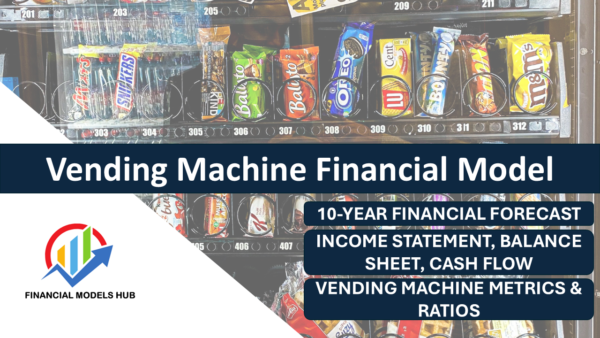

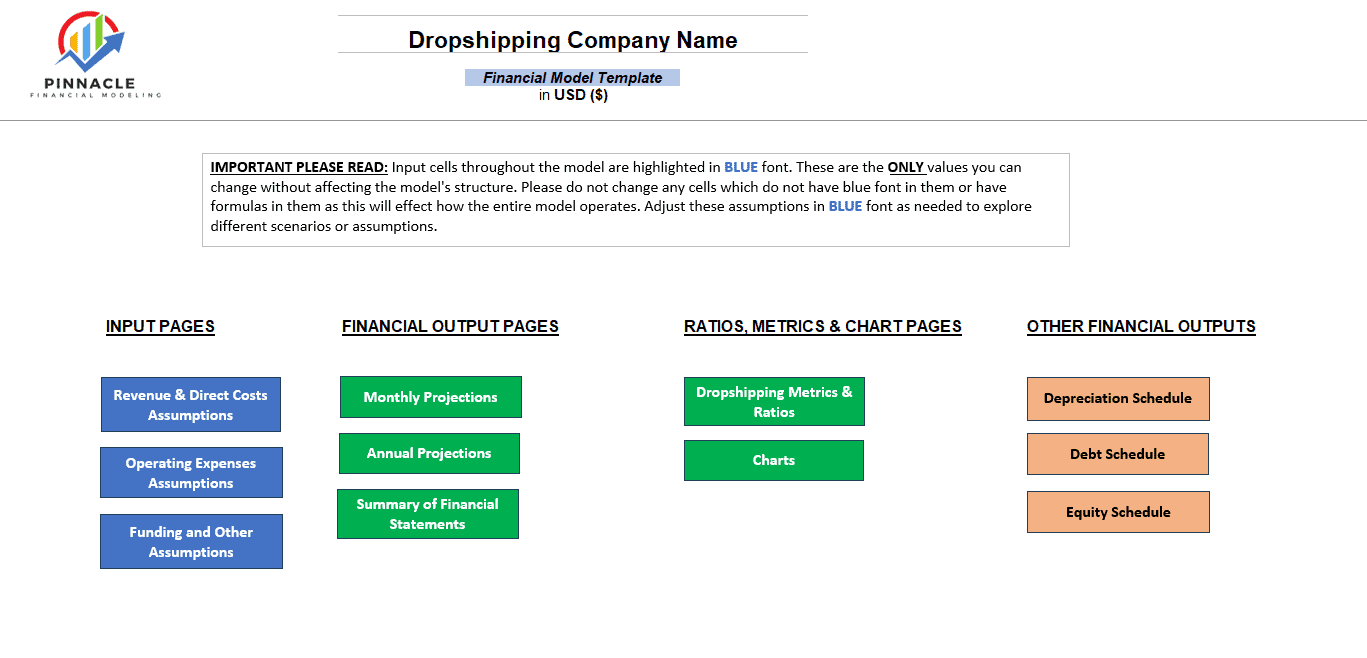

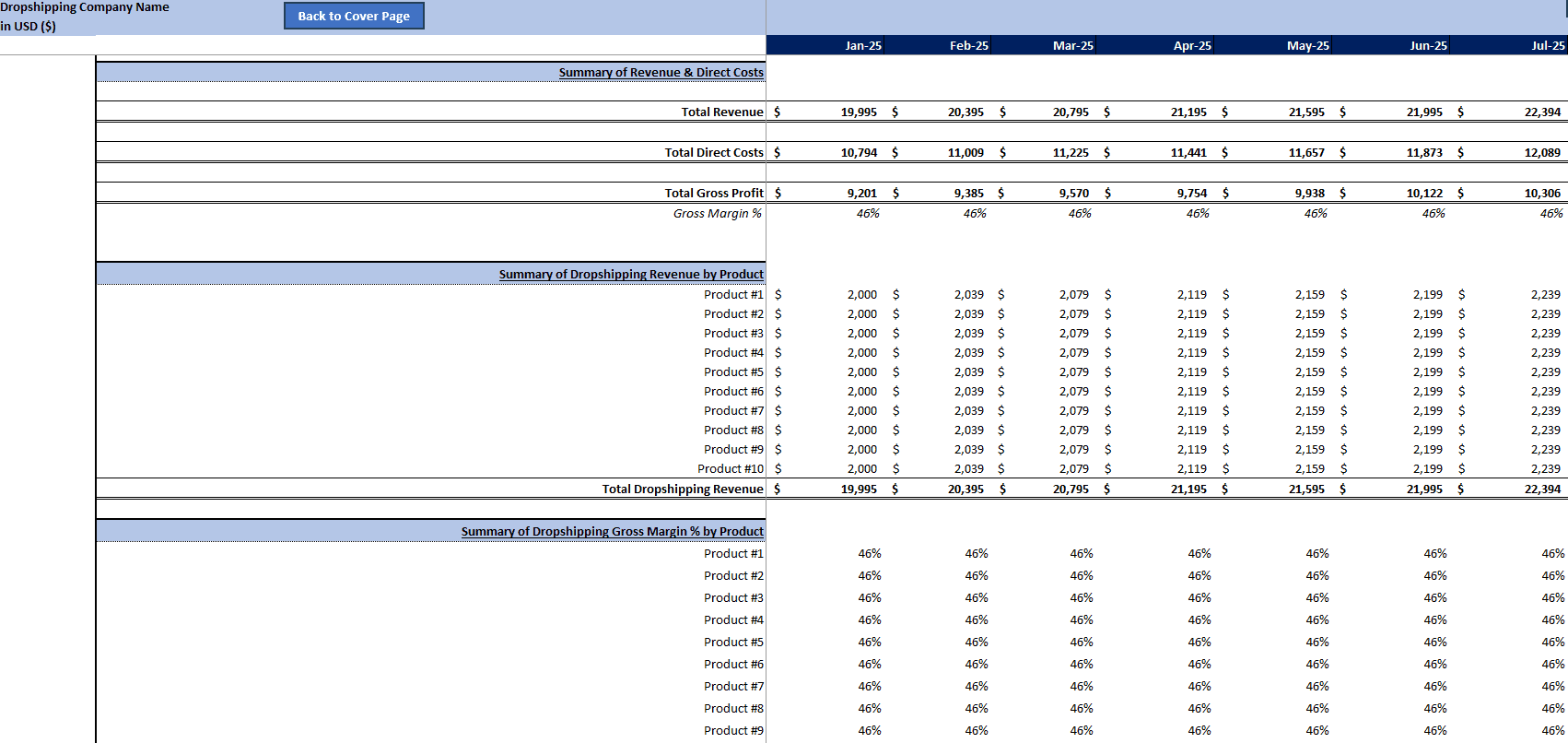
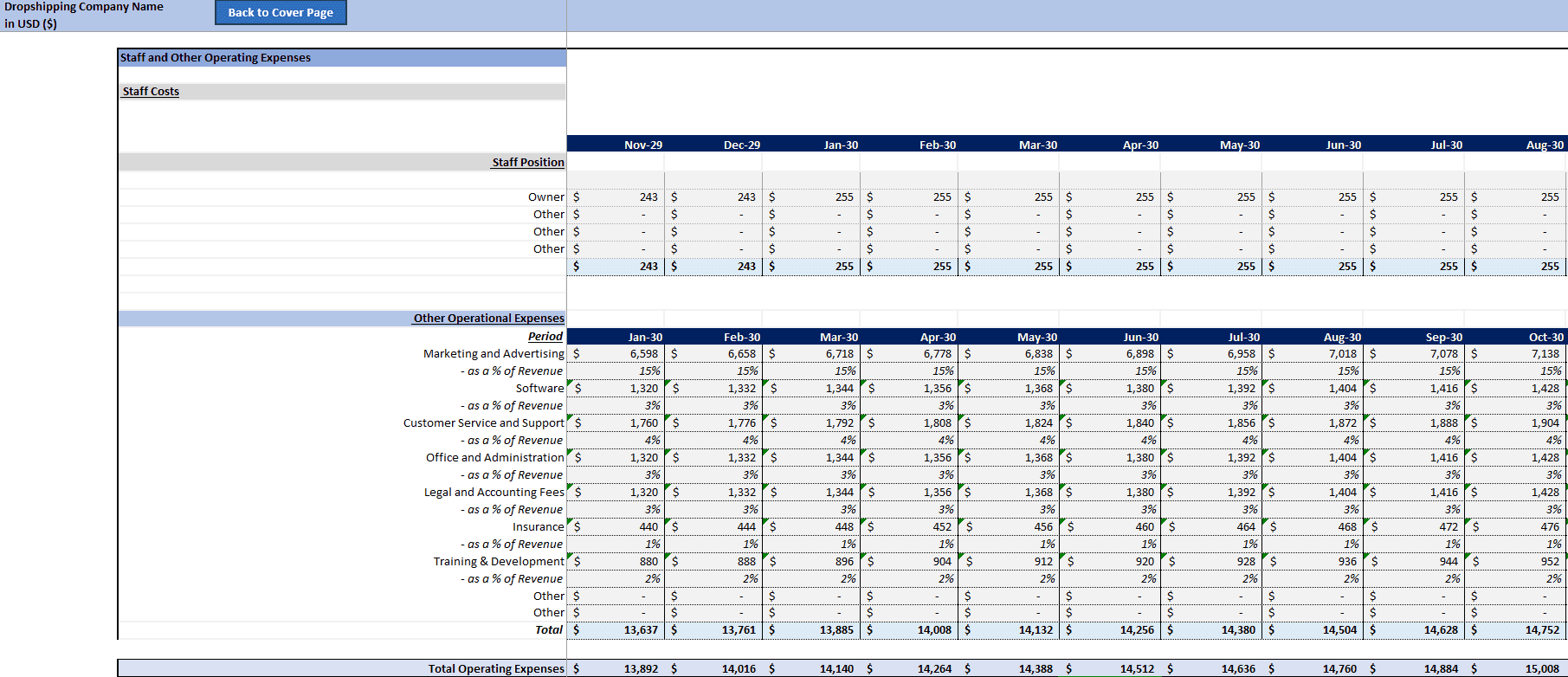
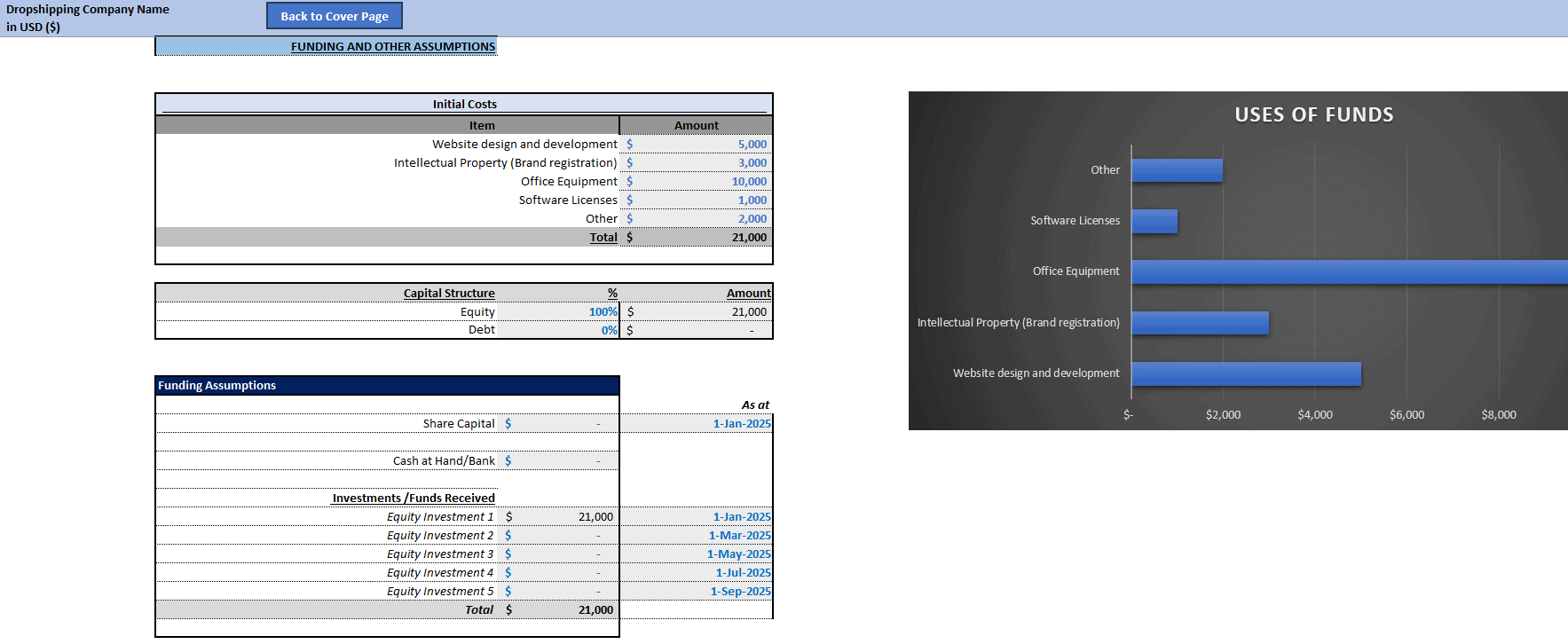
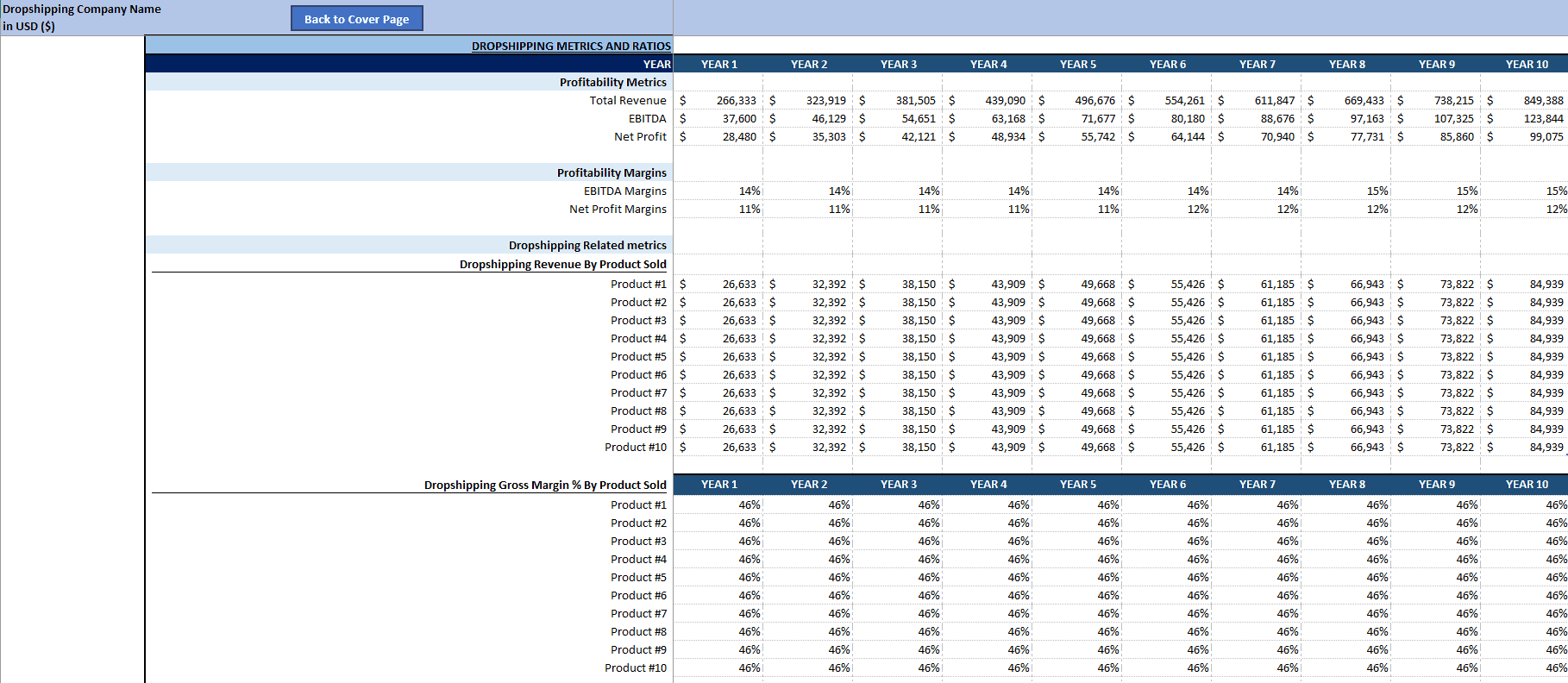
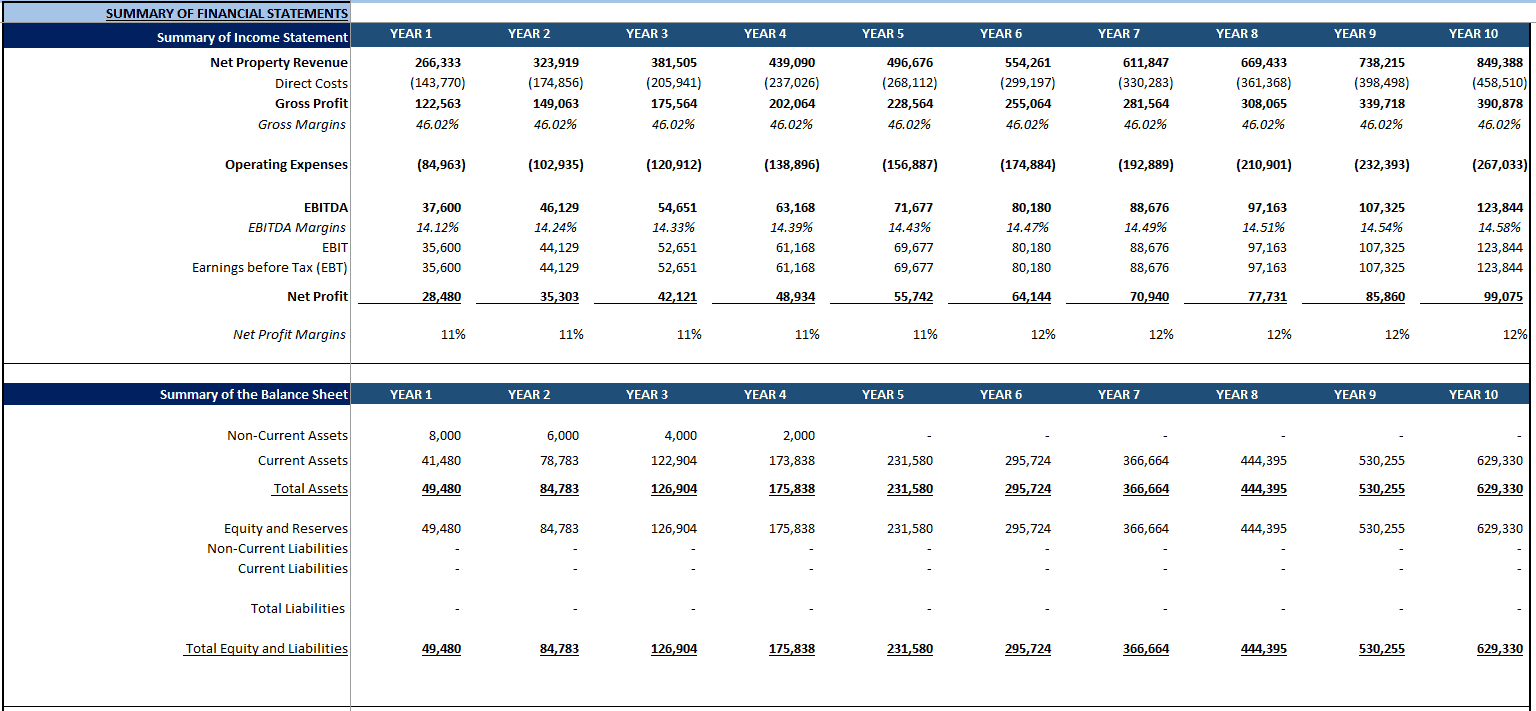
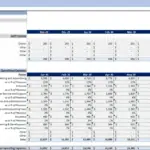

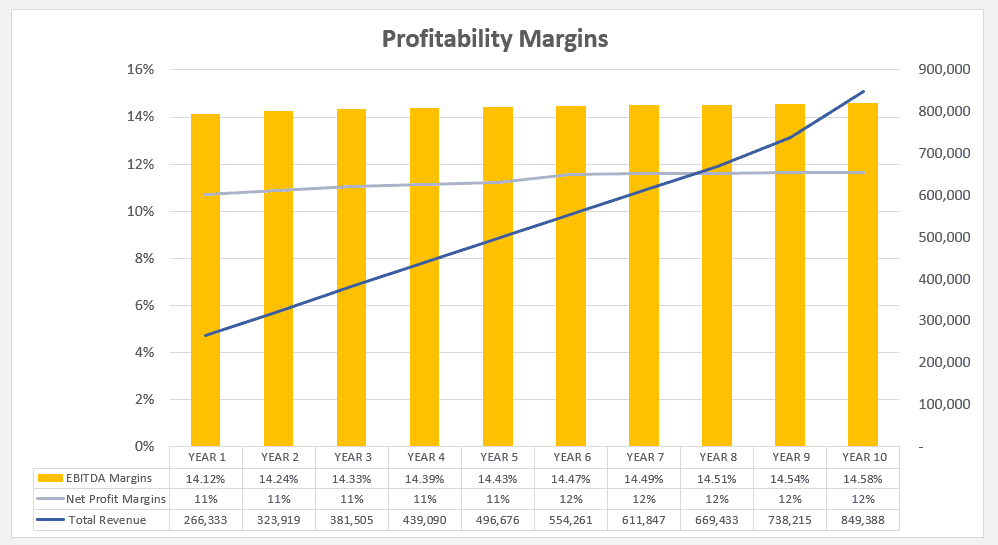
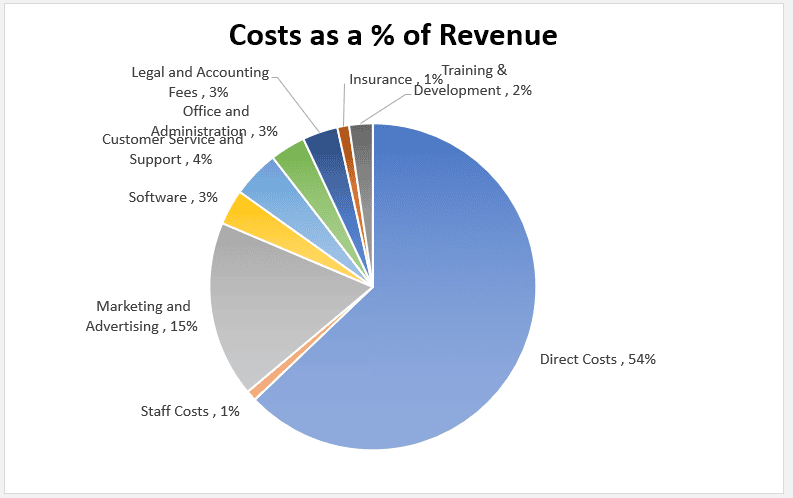
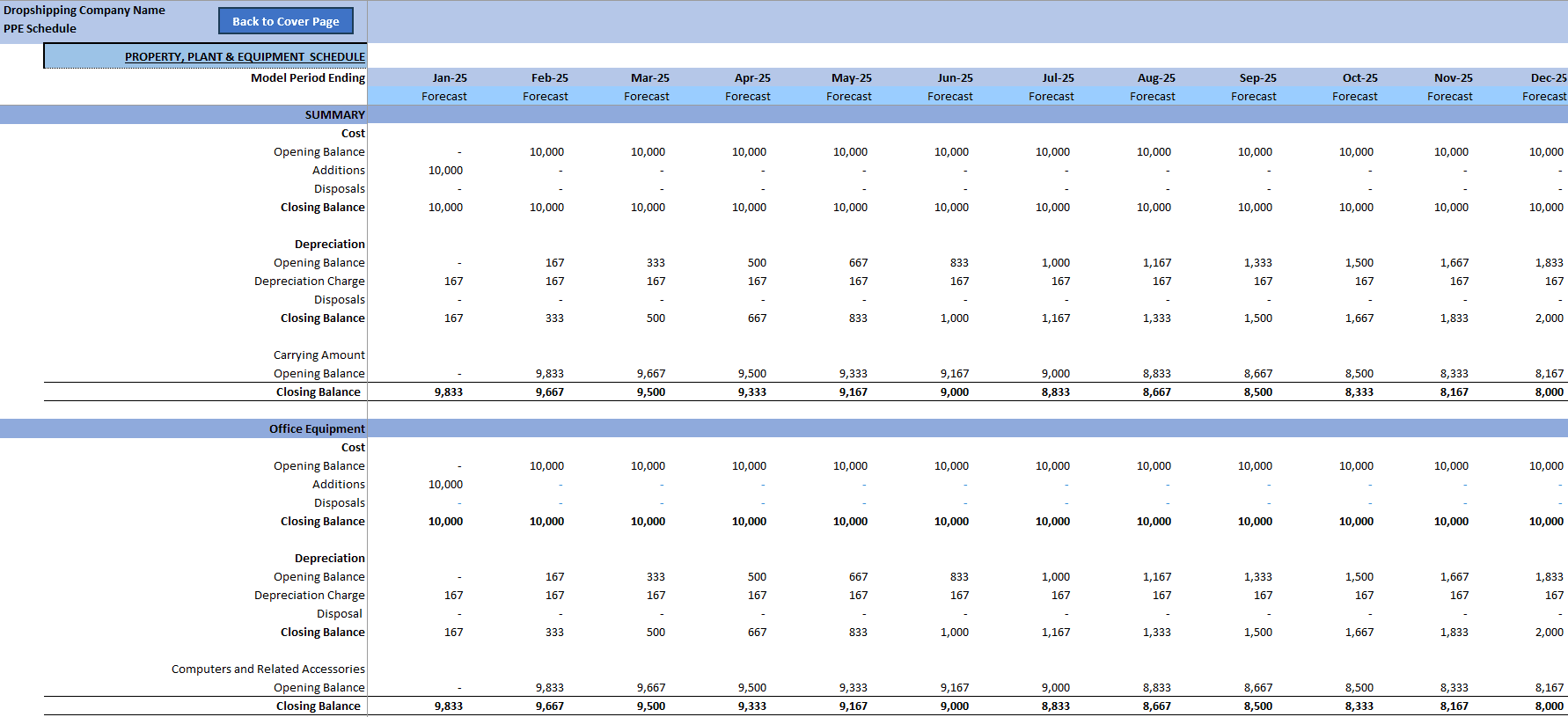



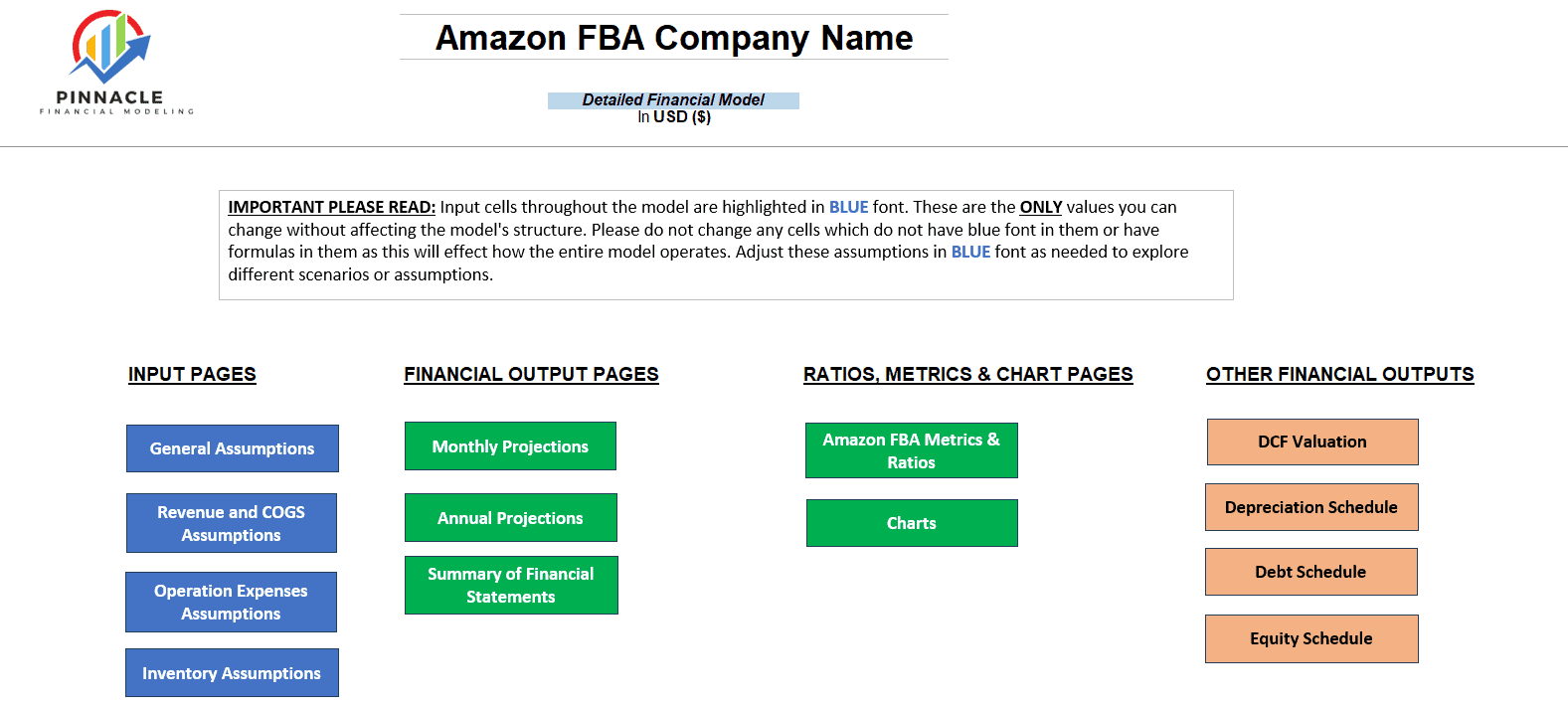


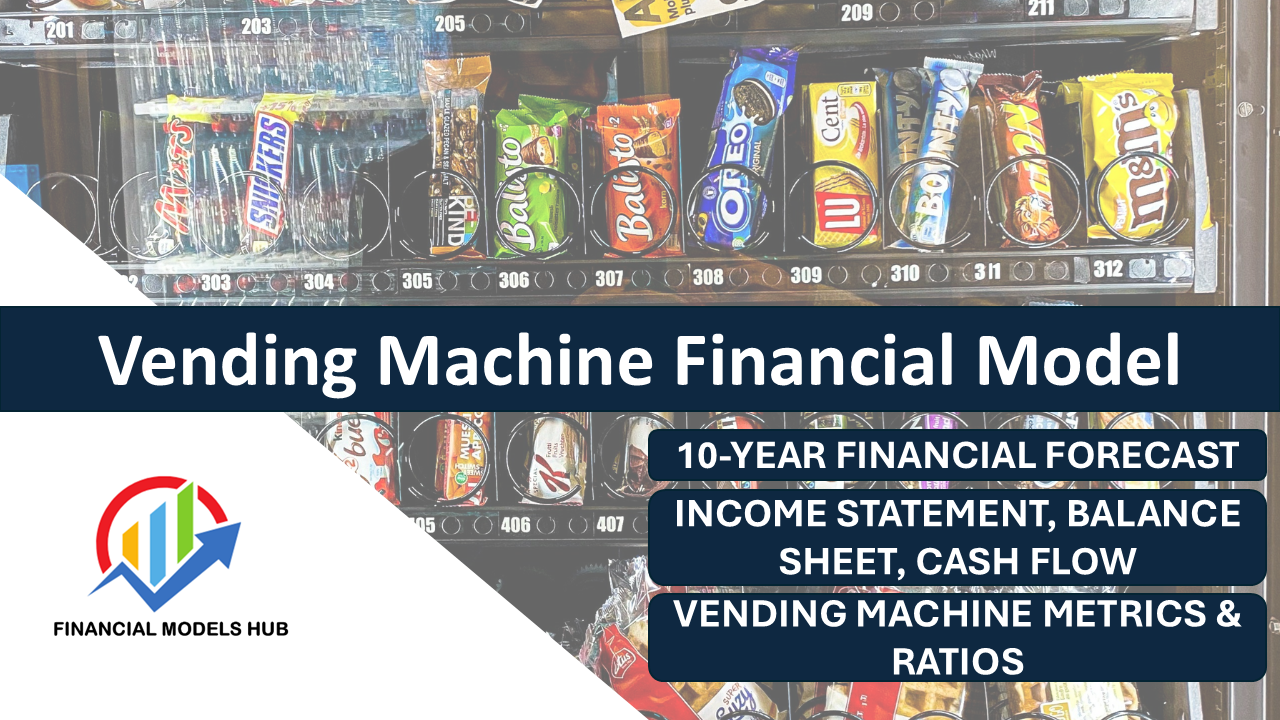
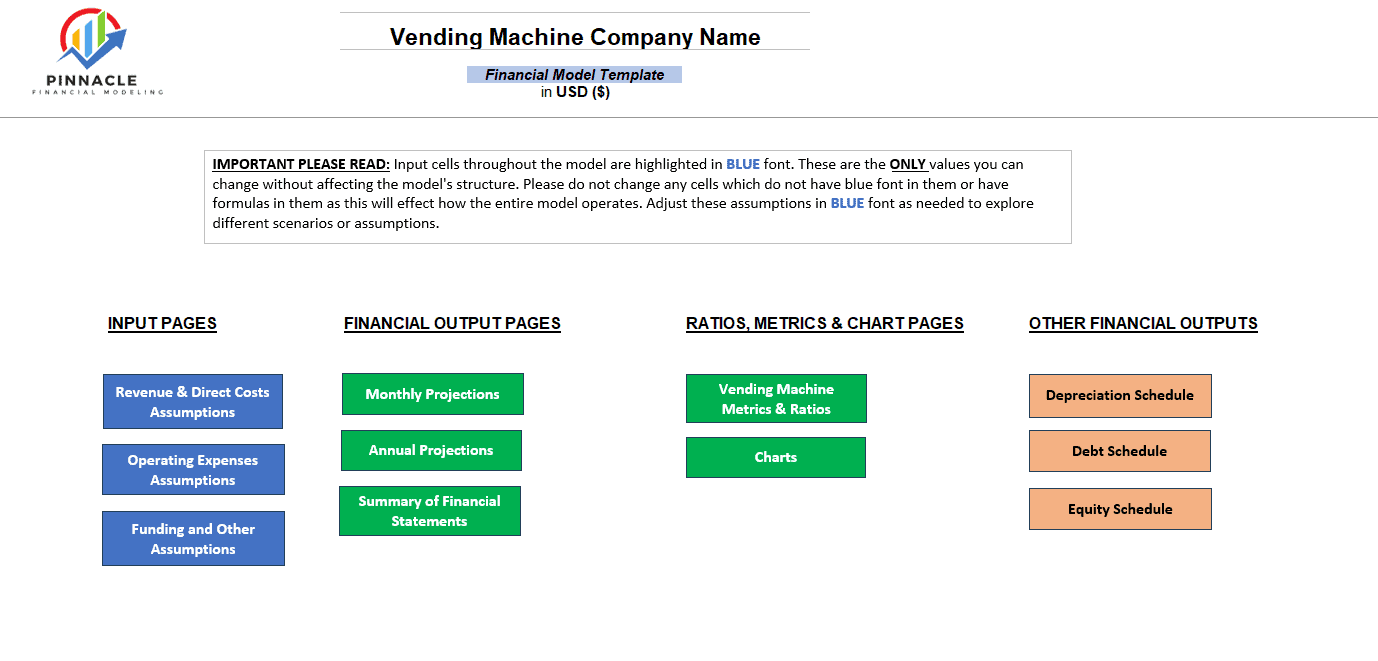


David F –
This dropshipping financial model template is a lifesaver! It helped me project my profits accurately
Leighton K –
This template has transformed how I approach my dropshipping finances. It’s a must-have for any serious entrepreneur!